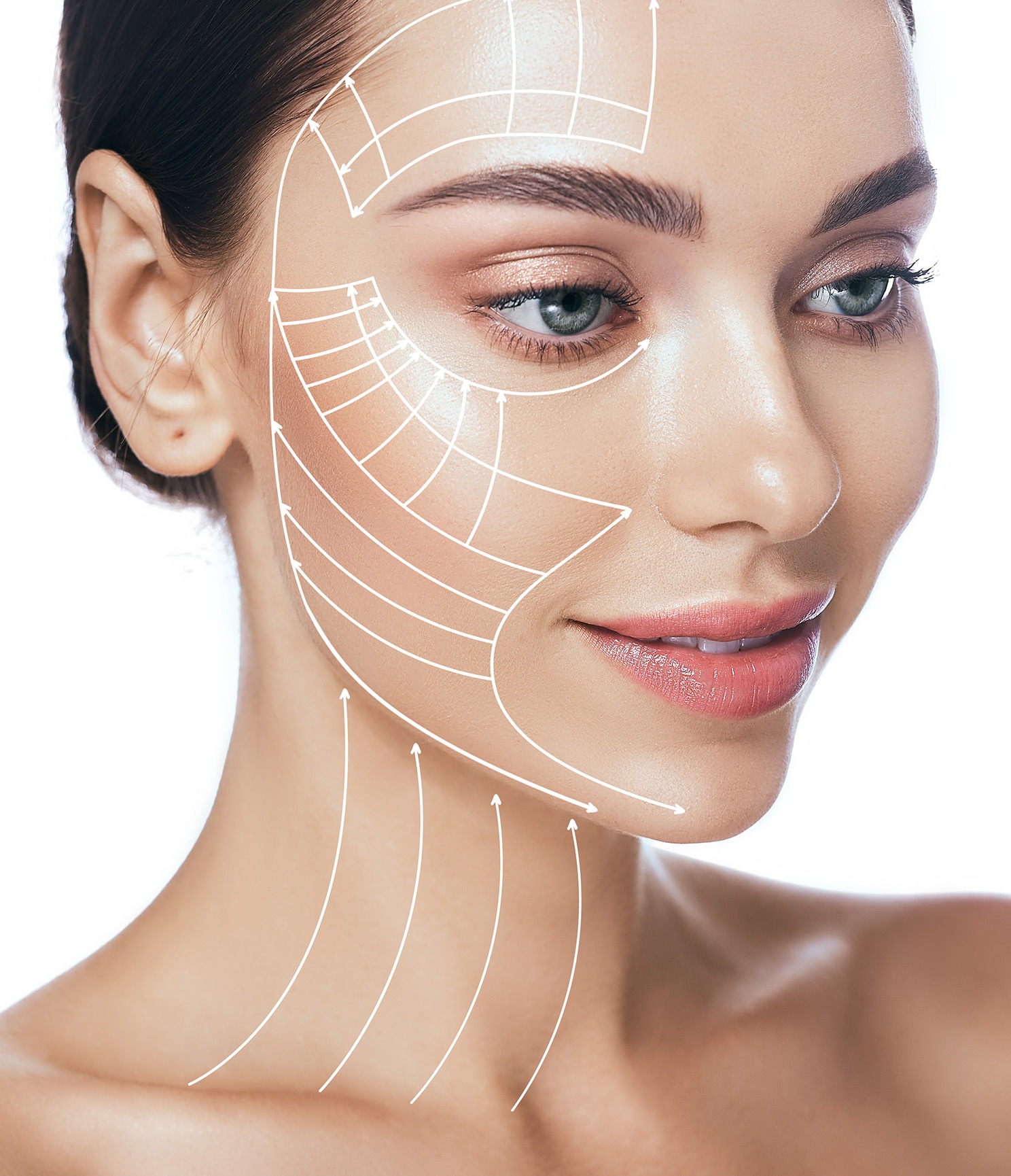A face lift, also known as rhytidectomy, is a surgical procedure designed to rejuvenate the face by addressing signs of aging such as sagging skin, deep wrinkles, and loose facial muscles. The goal of a face lift is to restore a more youthful and refreshed appearance by tightening the skin and underlying tissues, repositioning facial fat, and enhancing the overall facial contours.
A face lift, also known as rhytidectomy, is a surgical procedure that aims to rejuvenate the face by addressing the signs of aging, such as sagging skin, deep wrinkles, and loose facial muscles. As we age, the skin loses its elasticity, and the underlying facial structures begin to shift, leading to a tired or aged appearance. A face lift can effectively restore a more youthful and refreshed look by tightening the skin and underlying tissues, repositioning facial fat, and enhancing the overall facial contours. There are several face lift techniques available, including traditional face lift, limited-incision face lift, and neck lift. A traditional face lift involves an incision along the hairline and around the ears, allowing the surgeon to access and manipulate the facial muscles, fat, and skin. A limited-incision face lift, also known as a mini face lift, utilizes smaller incisions and focuses on specific areas of the face, such as the mid-face or jawline. A neck lift targets the neck and lower face, addressing issues like sagging jowls and loose neck skin. The chosen technique will depend on the patient’s goals, facial anatomy, and the extent of the aging concerns. When considering a face lift, it is essential to consult with a board-certified plastic surgeon who specializes in facial procedures. The surgeon will evaluate your facial anatomy, discuss your goals, and recommend the most suitable treatment plan based on your individual needs. Recovery times for a face lift may vary, but most patients can expect to return to work and normal activities within 2-4 weeks following the procedure. By undergoing a face lift, individuals can significantly enhance their overall facial aesthetics and regain a more youthful, vibrant appearance, with long-lasting results.
Face Lift
Frequently Asked Questions (FAQ)
